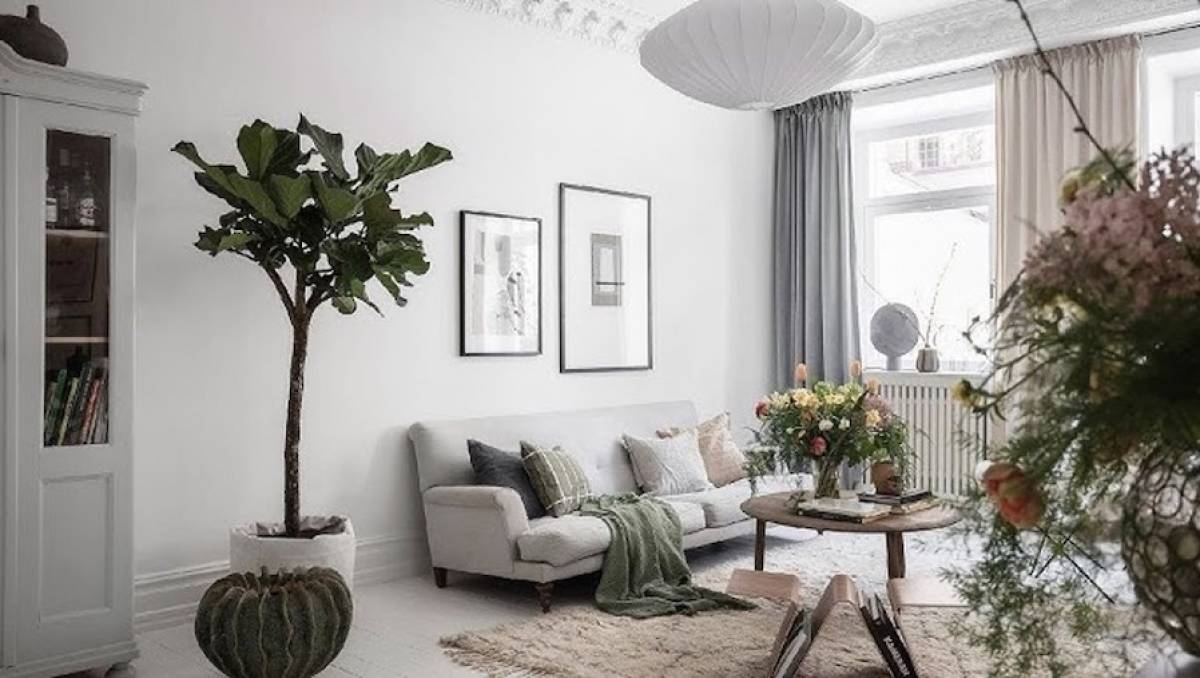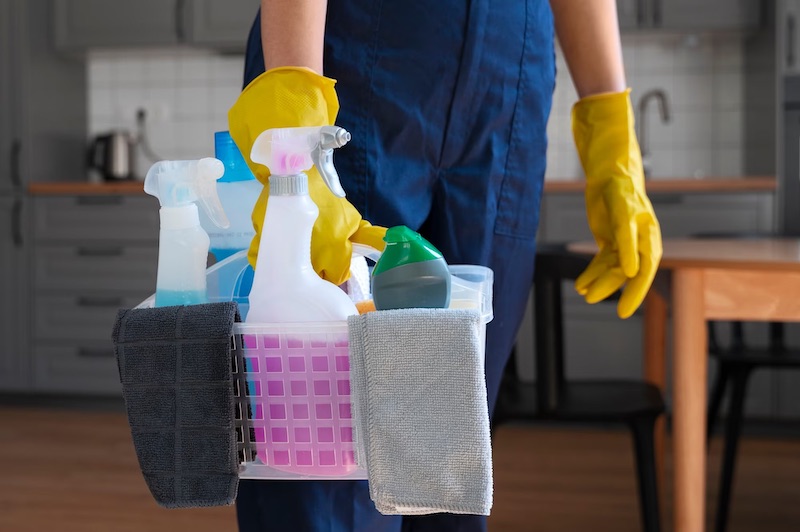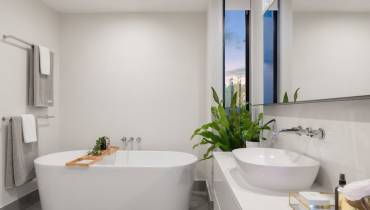How to Keep Your Home Eco-Friendly Based On Scandanavian Principles

Living room Scandinavian Design. Photo: Pixabay.
Clutter-free spaces, natural lighting, and neutral tones are all hallmarks of the Scandinavian interior home design style. But there’s one thing many people often forget about Scandinavian home design—because the region has such a strong connection to the natural world, their homes are also extremely eco-friendly.
It may seem easy to maintain an eco-friendly, sustainable, Scandinavian-inspired home, but when it comes to the practical implementation of it, it can be much harder than you might think.
The ultimate purpose of Scandinavian home design is to make living spaces environmentally conscious and purposefully sustainable by design, with sustainable furniture, eco-friendly materials, and use of natural light in your home to save energy.
Here are some inspiring Scandinavian home design ideas and principles you can use to keep your home as eco-friendly and respectful to nature as possible:
Home Heating

Winters in the Scandinavian region are cold and dark—having a dependable and eco-friendly heating system ensures people in that region can live their coziest and most comfortable “hygge” lives.
But traditional home furnaces, which use forced-air systems, aren’t great for the environment and can make energy bills higher than they need to be. Forced-air systems are easy to install, but the constantly fluctuating heat forces homeowners to constantly adjust thermostats and waste a significant amount of heat and energy. That’s why many Scandinavian homes install radiant heating systems instead of forced-air systems.
By installing heating panels underneath flooring, it provides a continuous level of warmth throughout the home. It keeps homes warmer for longer, limits energy loss, and lowers energy bills significantly. And it even kicks up fewer airborne pollutants, which is great news for people with allergies.
Radiant systems may be costly to install, especially since this system is less common outside of Scandinavia, but homeowners quickly make up for this upfront price in subsequent monthly energy bills.
Plumbing
One of the hallmarks of environmental sustainability is conservation whenever possible. There is increasing strain on water sources across the world, and many areas are struggling to reduce water consumption before heading into the warmer months.
Since many Scandinavian homes are centered on sustainability, homes are often automatically fitted with water-conserving plumbing systems. Low-flush toilets and water-conserving showers are everywhere in sustainable homes.
Installing water-efficient fixtures and appliances in your own home is a simple way to make your home more sustainable in the long run.
While those new appliances may have a not-so-insignificant upfront price tag, most homes that incorporate water-saving fixtures see lower monthly utility bills almost immediately.
Cleaning Products

Most cleaning products currently on the market are full of toxic chemicals—harming both the environment and potentially people in your household. Switching to natural cleaning products is an easy and sustainable way to keep your family safe and lower your negative impact on the environment.
If the higher cost of natural cleaning products is keeping you from making the switch, you can also easily make your own cleaning products. With just a little bit of vinegar, baking soda, and lemon juice, you can mix your own cleaning solutions that are just as effective as any store brand.
Compost
Composting is a common practice in Scandinavian homes. Instead of throwing out organic scraps with the rest of the trash and ultimately to a landfill, composting gives those scraps a new life and purpose.
Many people think personal composting is a smelly and messy process. But modern compost bins are designed to keep odors from being released and can be discreet enough to be placed in the kitchen. Common compostable materials include:
- Fruit and vegetable peels
- Egg shells
- Used coffee grounds and tea leaves
- Grass clippings and tree trimmings
- Droppings from grass-eating pets like rabbits or horses
Once your compost is ready, you can spread it onto your lawn, around the base of trees and other shrubs, into your garden, and anywhere you want your plants to flourish.
It takes a few months for the materials in your composter to become fully decomposed and usable, but your patience will be rewarded as you see your garden grow even greener than before.
In Conclusion
Creating a Scandinavian-inspired home is more than just about decluttering your living room and picking out neutral throw pillows. It’s about making your space as friendly and respectful to nature as possible. That means making your home sustainable and eco-friendly from the inside out.
Whether it’s a quick switch like making your own cleaning products or installing low-energy systems, the planet will thank you either way.




















